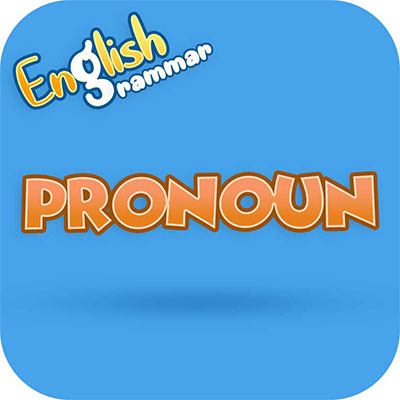How Can E-Learning Help Kids With Future Education
Nowadays, it’s important for kids to familiarize themselves with technology as early as possible. The main reason is that they’re already surrounded by it and they need to understand it in order to use it properly as they get older. The best way to do so is through e-learning.
This can help kids understand technology at the very young age and help them develop necessary skills that will aid them in future education. Who knows, maybe your child will want to peruse a career in digital marketing and marketing courses will come in handy one day. With that in mind, here’s how e-learning can help kids with future education.
How can e-learning be used to teach kids
E-learning can be used to teach kids in more ways than one. For example, modern technology can tailor educational content in accordance with the kids’ age and learning abilities. Today, this is accomplished by leveraging AI (Artificial Intelligence) that can custom build any form of learning material for kids of any age and any grade.
This way children learn not only new information or skills but they also learn how to use various devices like smartphones, tablets laptops and so on. Moreover, content can include visual elements to help children engage with the learning material more seamlessly. This makes learning a fun and exciting activity.
Why is it important for kids to understand e-learning?
It’s no secret that the education sector is being transformed by technology already. E-learning is, therefore, already present in most schools and universities. We have already begun to step away from traditional teaching methods toward more innovative and technology-powered approaches.
That said, students at colleges already use various technologies and learning materials powered by AI, as well as augmented and virtual realities (AR/VR). Therefore, it’s only logical to help kids understand these new methods early on, so that they can master them as they grow older. After all, we tend to truly underestimate a child’s ability to comprehend technology and e-learning principles in an effort to preserve their childhood innocence and liberty.
As a primary school teacher do a warm-up exercise before you start each lesson as that also helps optimal engagement from the students. You can ask them questions such as what they did after they went home the previous day, their hobbies and interests, and so forth. This gets them involved with what is going on in class and they are likely to be more interested in the lesson that follows afterward.

Improve your child's knowledge about English Grammar Pronoun!
English Grammar Pronoun Quiz is an educational app for the kids to learn about the English grammar pronouns by taking the quizzes and the app will test their knowledge.
What are some tips for using e-learning when teaching children?
The most important thing when it comes to using e-learning to help teach children is to take things one step at the time. Overwhelming children with information is only going to be counterproductive.
Instead, take things slow and adjust learning material to a child’s age or grade. Furthermore, use plenty of visualization as kids are more interested in visual than textual content. Last but not least, allow kids to make progress by presenting them with small challenges. This will keep them engaged and encourage them to learn more.
E-learning can help kids not only to learn new things more efficiently but also to understand how to use technology. In this digital age we live in, it’s imperative that kids familiarize themselves with modern technology as early as possible.
Frequently Asked Questions
1. How does e-learning benefit children’s future education?
E-learning benefits children’s future education by preparing them for a technology-driven world, allowing them to learn at their own pace and in their own style, and providing access to a wider range of resources and educational opportunities.
2. Are there any specific e-learning platforms that are particularly beneficial for children’s education?
Specific e-learning platforms that are particularly beneficial for children’s education include Khan Academy, ABCmouse, and Duolingo.
3. How does e-learning help children develop important skills for the future, such as critical thinking and problem-solving?
E-learning helps children develop important skills for the future, such as critical thinking and problem-solving, by encouraging active engagement, providing instant feedback, and promoting self-directed learning.
4. Can e-learning be personalized to suit individual learning styles and abilities?
E-learning can be personalized to suit individual learning styles and abilities through adaptive learning technologies, personalized assessments, and the use of multimedia resources.
5. What are some examples of successful e-learning programs that have improved children’s future education?
Examples of successful e-learning programs that have improved children’s future education include the One Laptop per Child project, the Sugata Mitra’s “Hole in the Wall” experiment, and the Connect to Learn initiative by Ericsson and the Earth Institute.






